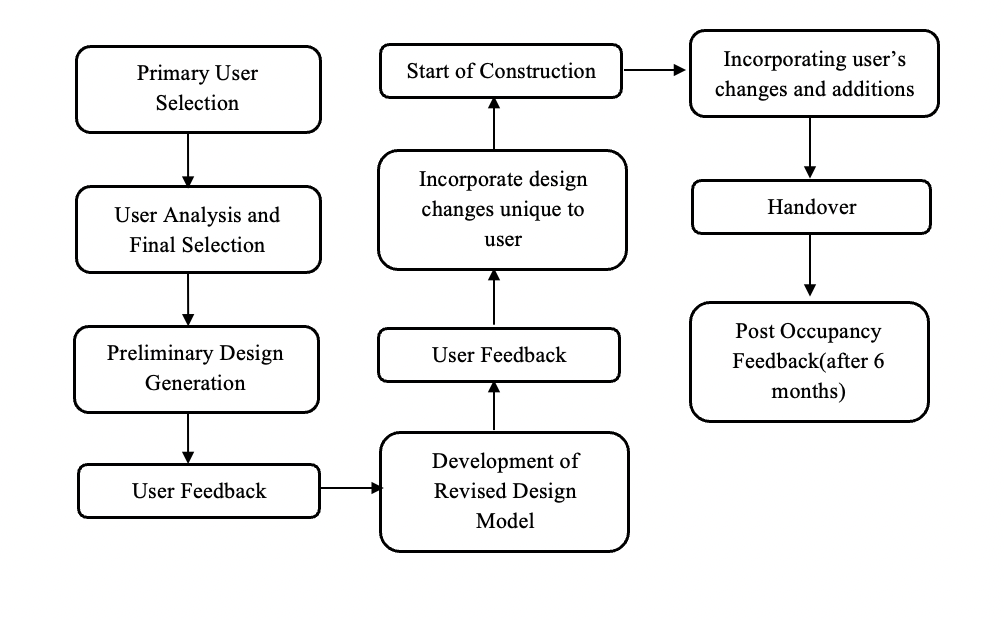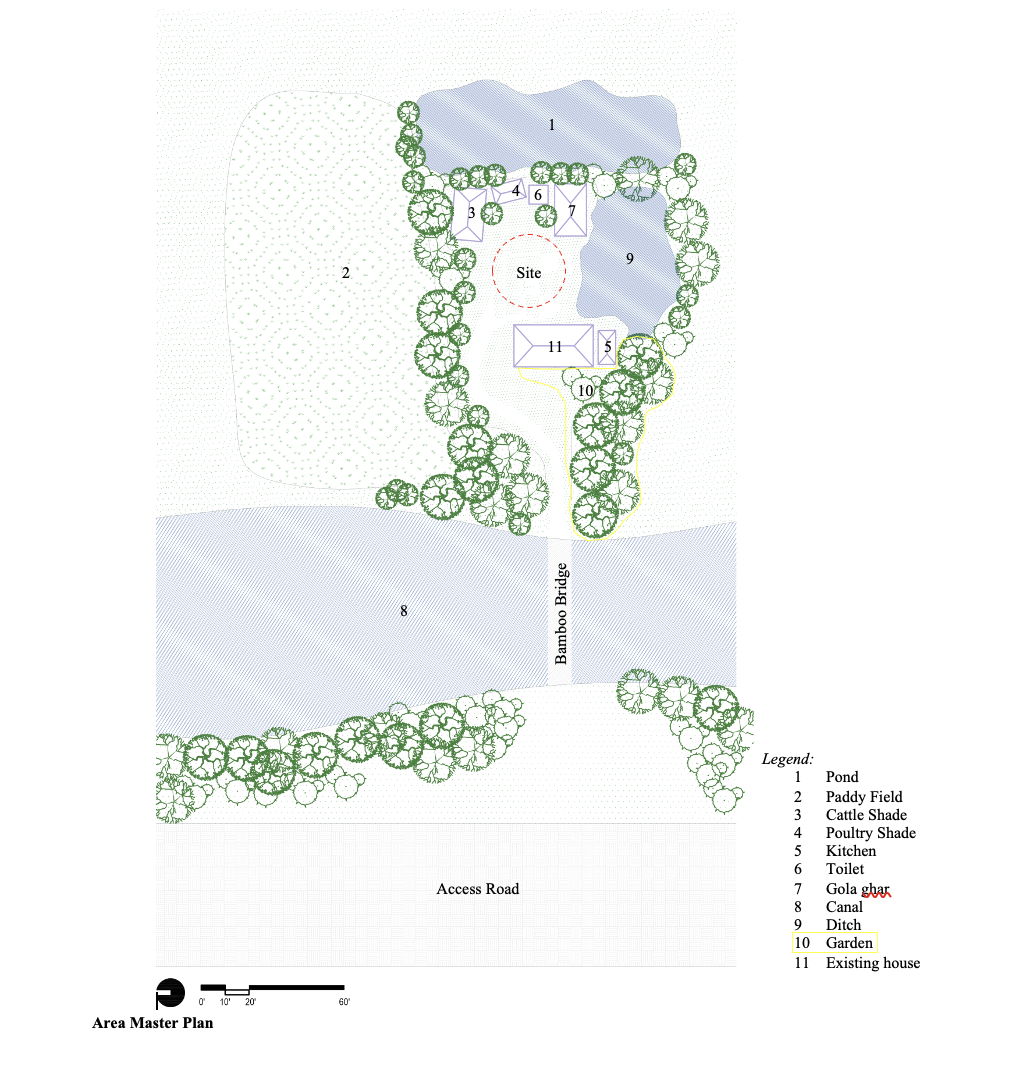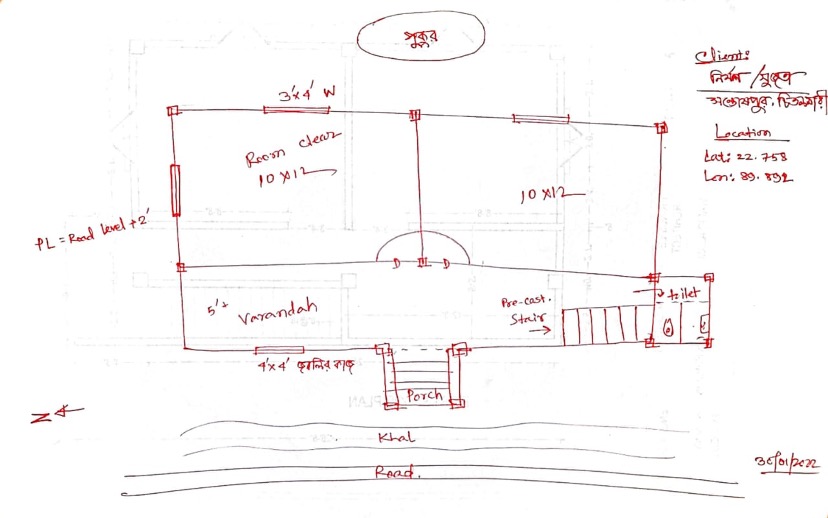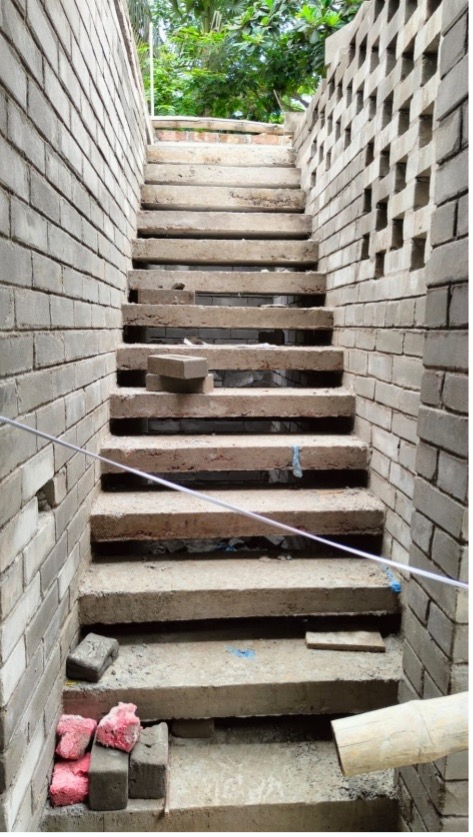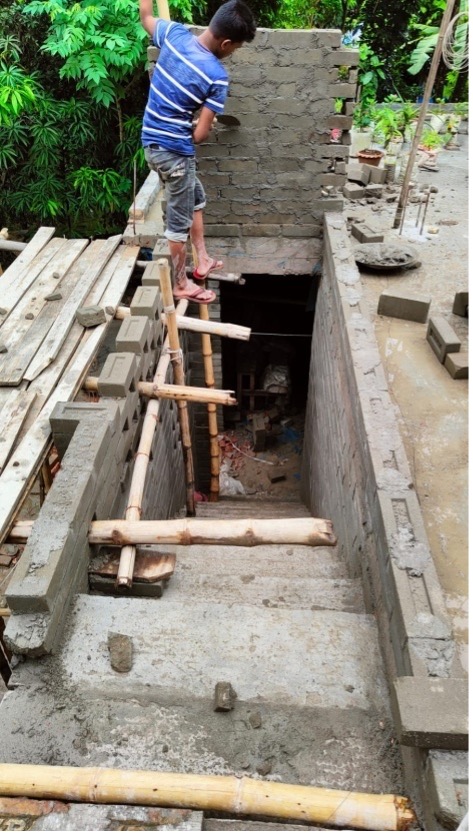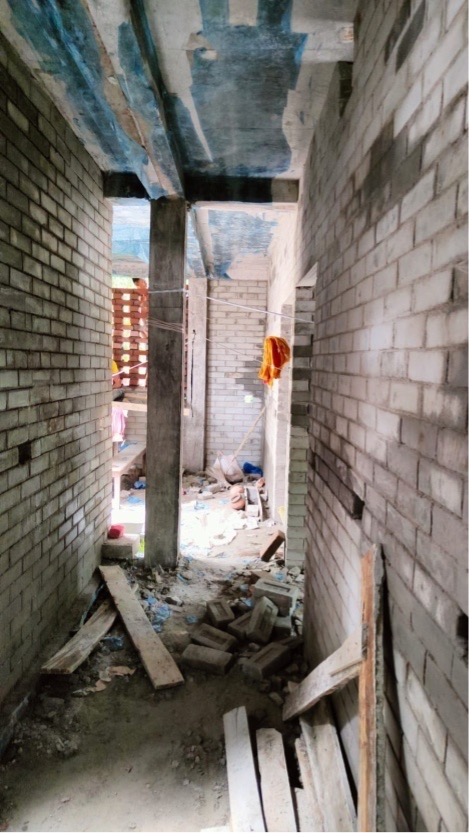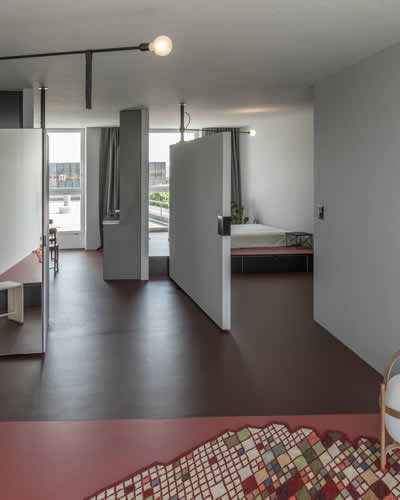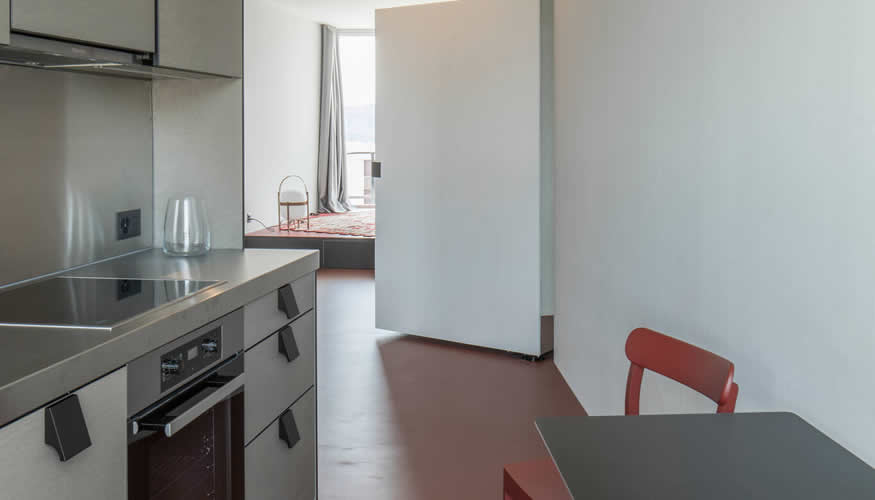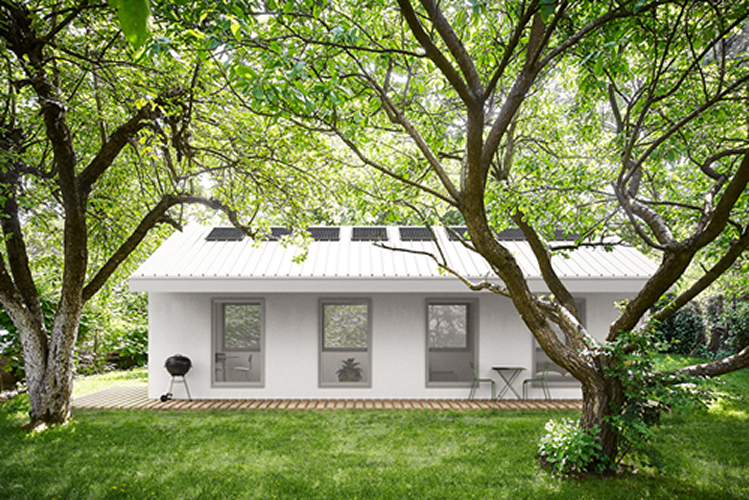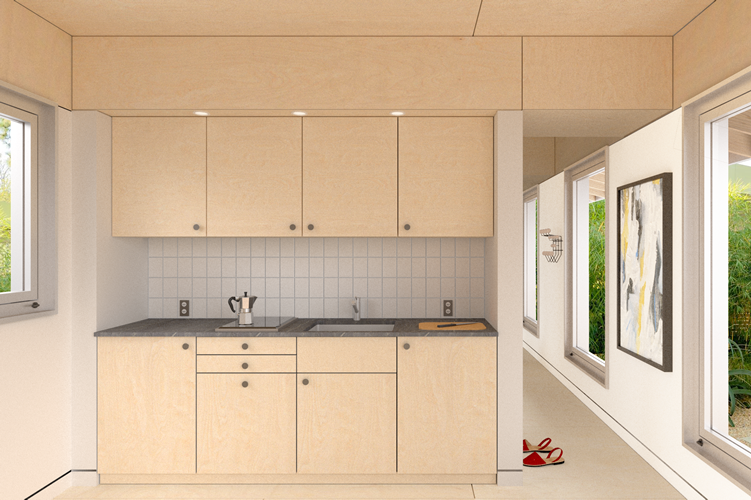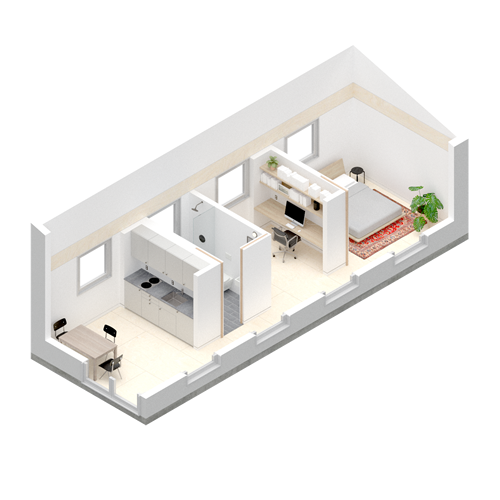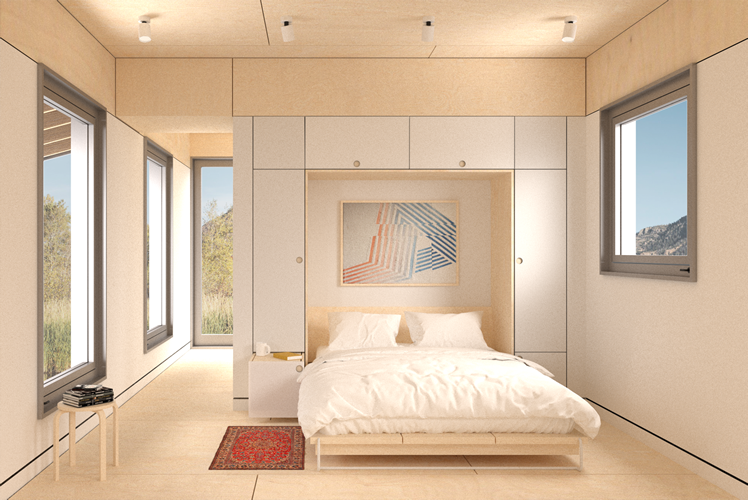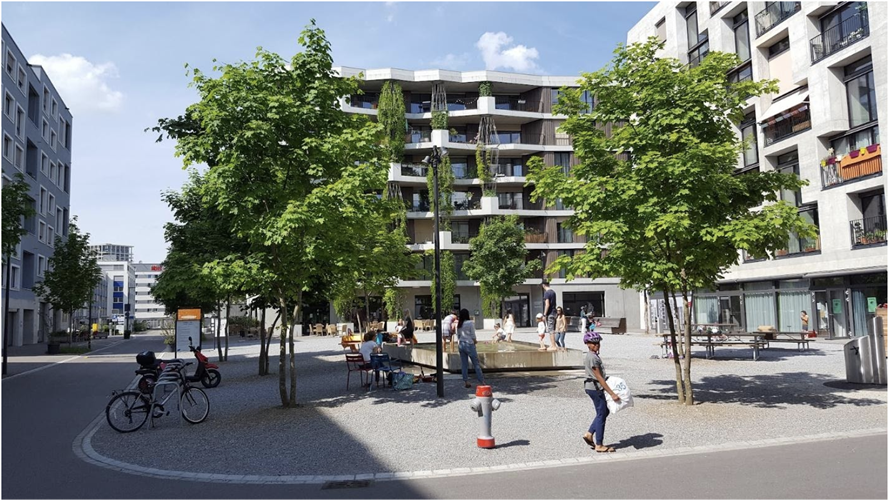Nowshin Matin - Fellow Report
CODEC Affordable Resilient Housing Piloting Initiative
The resilient housing program is aimed at families in communities that reside in cyclone prone areas. It is currently being implemented in the Patuakhali and Bagerhat districts of Bangladesh as a pilot initiative. The primary aim of this program is to promote the use of environmentally friendly construction materials such as cement blocks as a building material in coastal communities, using housing as a tool. The housing has been implemented in a participatory process, ensuring the involvement of all stakeholders – local users and builders in collaboration with consultants from CODEC.
Cyclones in the Coastal Landscape
The coastal regions of Bangladesh are the most vulnerable to natural disasters like cyclones. In the event of a natural disaster, families in rural disadvantaged communities of coastal areas often lose their only asset, their dwelling. In most instances, it is observed that the traditional houses of these communities are inept to resist the high wind speeds of cyclones. This leaves the dwelling units in an uninhabitable state after a cyclone. The salinity levels in the coastal regions are also much higher compared to the other parts of the country. The changing climate further escalates the situation as salinity levels increase.
Prospect of Cement Blocks as a Sustainable Material
Along the coastal landscape, the families live in dwellings made out of local materials like corrugated sheets, timber, golpata, etc. These materials can shelter against daily weather, however, fail during disasters like cyclones. Among these communities, some families have the economic solvency to use brick as a building material. However, the variety of bricks found is unsustainable in terms of either cost, production, or use, while in some cases all of them. Brick kilns are also a major cause of environmental pollution in our country. Therefore, cement blocks are found to be the more sustainable with respect to cost, production, and use. It fulfils the need for a permanent structure that is saline resilient. Therefore, using cement blocks as a building material will help resist the adverse effect of the climate and its change along the coastal regions, but, most communities in this region are unfamiliar with the material.
Challenges of Implementing Cement Blocks as a Building Material
Since cement blocks are comparatively new in the market; the locals are unable to understand it. As a result, most residents of the coastal communities haven’t been able to trust the material enough to use it for their homes. CODEC’s intervention with the ‘Resilient Housing Program’ is working to build the trust between communities and the new material.
CODEC’s Sustainable Enterprise Program (SEP) supports local entrepreneurs in coastal communities who produce these cement blocks and similar materials. Among them are Khan Jahidul Islam and Ershad Sheikh. While Ershad Sheikh’s production is still in its primary stage, Khan Jahidul Islam’s one has grown enough to be supplying in the market.
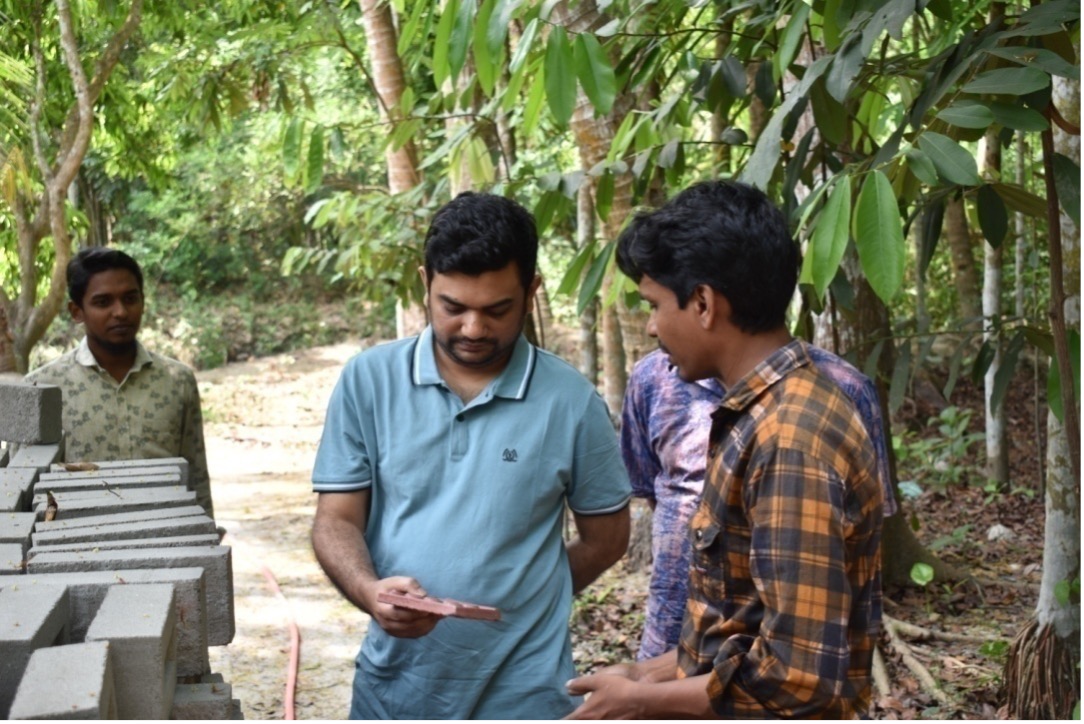 |
Khan Jahidul Islam explaining his production process to CODEC representatives
|
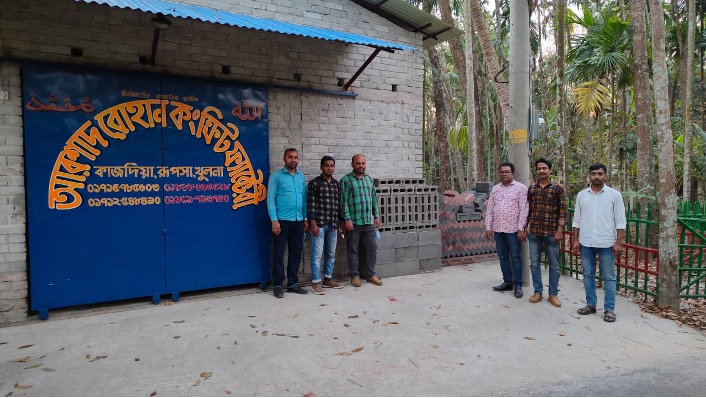 |
CODEC team with Khan Jahidul Islam (2nd from right) at his factory
|
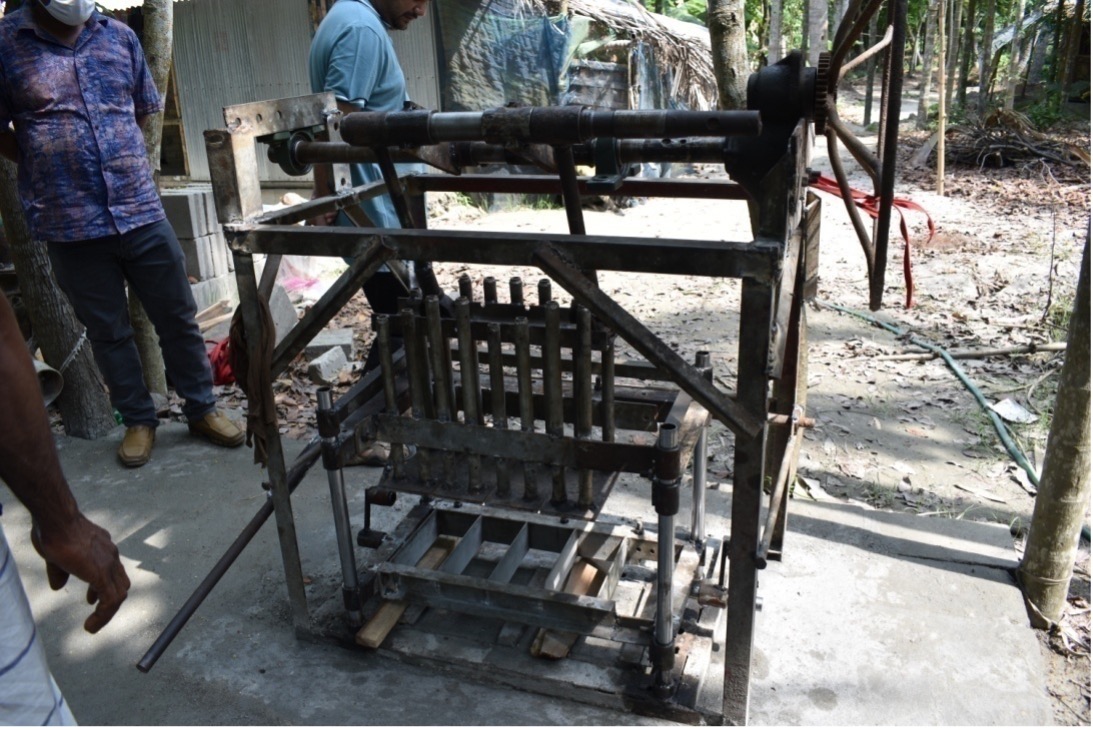 |
Ershad Sheikh's cement block machine in its trial phase
|
CODEC’s Resilient Housing Program has helped to expand local production by supporting its SEP users and connecting them with local buyers, with the first buyers being four families who were chosen to participate in this housing program. The Resilient Housing Program recognises that housing is a basic right and, aims to make it sustainable and affordable for coastal low-income communities. As a result, the program is being executed using a participatory process. This enables the users and builders to think about solutions together with the design team. The holistic approach ensures that a standard living environment is delivered. Furthermore, the framework developed needs to accommodate sustainable expansion. Should the houses of the participating families be erected successfully, they will serve as examples for the rest of the community, and become a model house for coastal communities. In the long run, this will help the locals to trust and use cement blocks as a building material.
The housing program has started by initiating pilot projects in the Bagerhat and Patuakhali districts. Four beneficiaries were chosen for this trial phase. One of which is in Patuakhali, while the rest are in Bagerhat. The four project users were previously affiliated with CODEC’s Microfinance Program. Their selection was based on their previous loan repayment history. The loan and resident contribution ratio for each house is set at 3:2 for the housing. The following flowchart breaks down the process in which the pilot projects are being executed.
The project outlined and discussed below is one of the four piloting initiatives of the program. The collaboration with the other three user families is implemented in a similar way.
Family Profile: The household consists of Nirmol Dada, his wife and two children, one son and one daughter.
Location: Chitalmari, Bagerhat
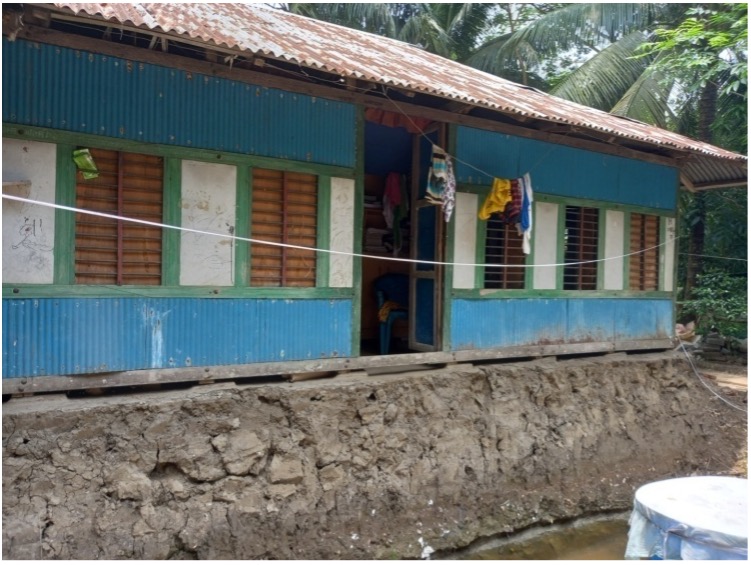 |
 |
Nirmol Dada's present living environment
|
|
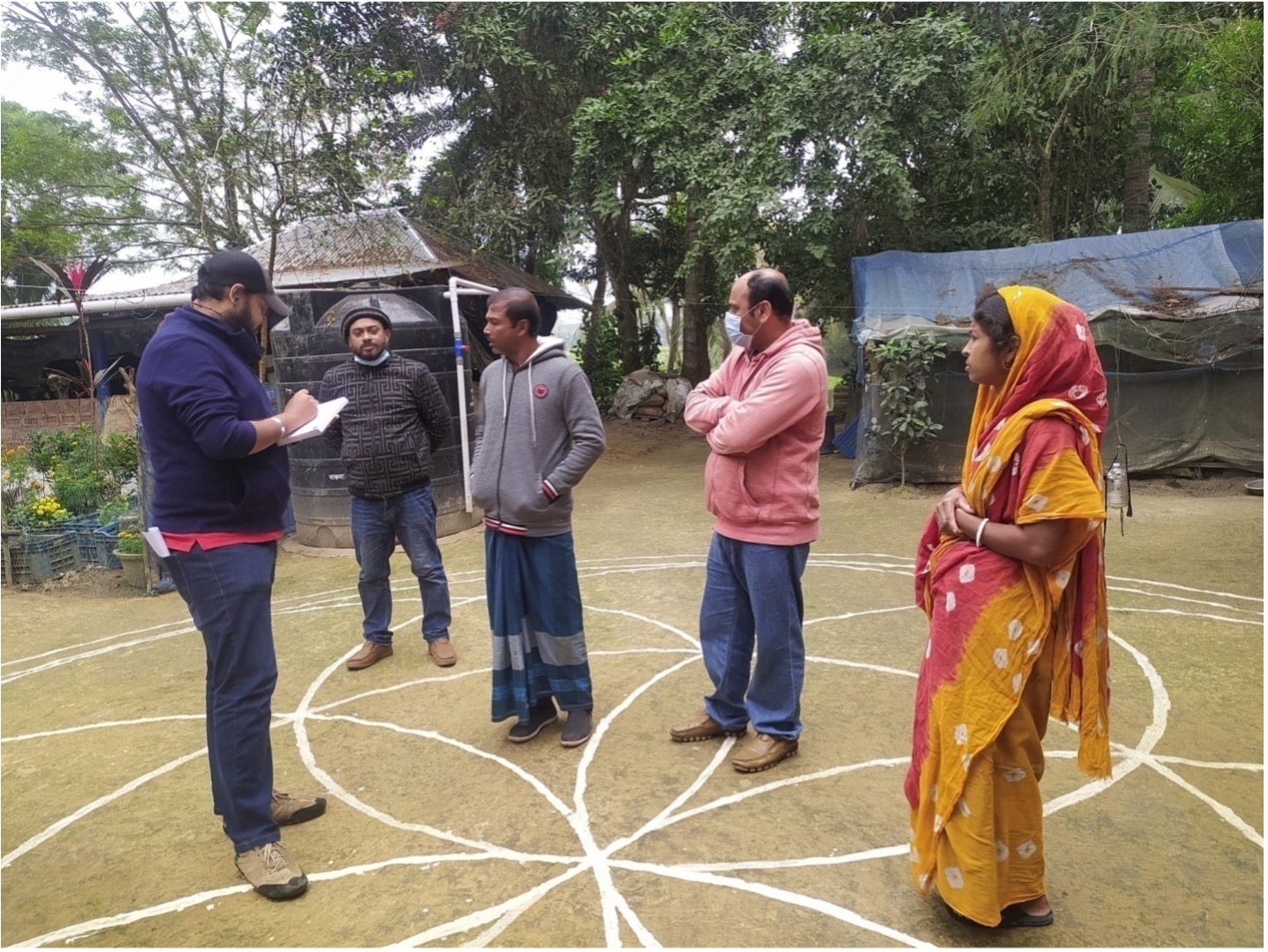 |
CODEC team in conversation with Nirmol Dada (centre) and his wife, Shujota Didi (right) at the site
|
The design model was generated with Nirmol Dada to accommodate his unique family requirements. The following images illustrate the plans generated with members of his family.
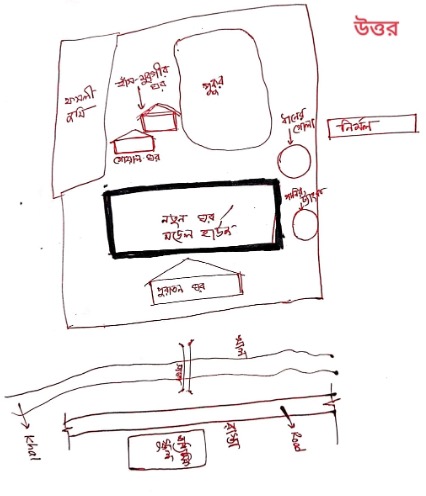 |
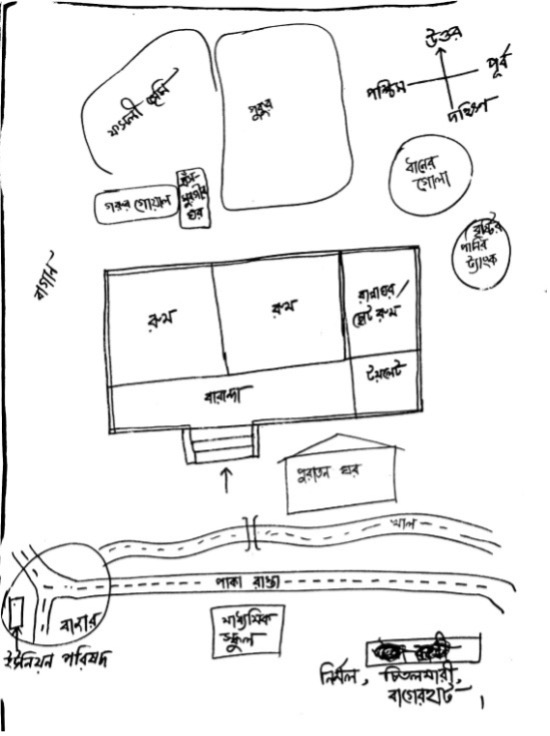 |
Primary drawings with user's family
|
|
 |
Glimpse of a design session with Nirmol Dada
|
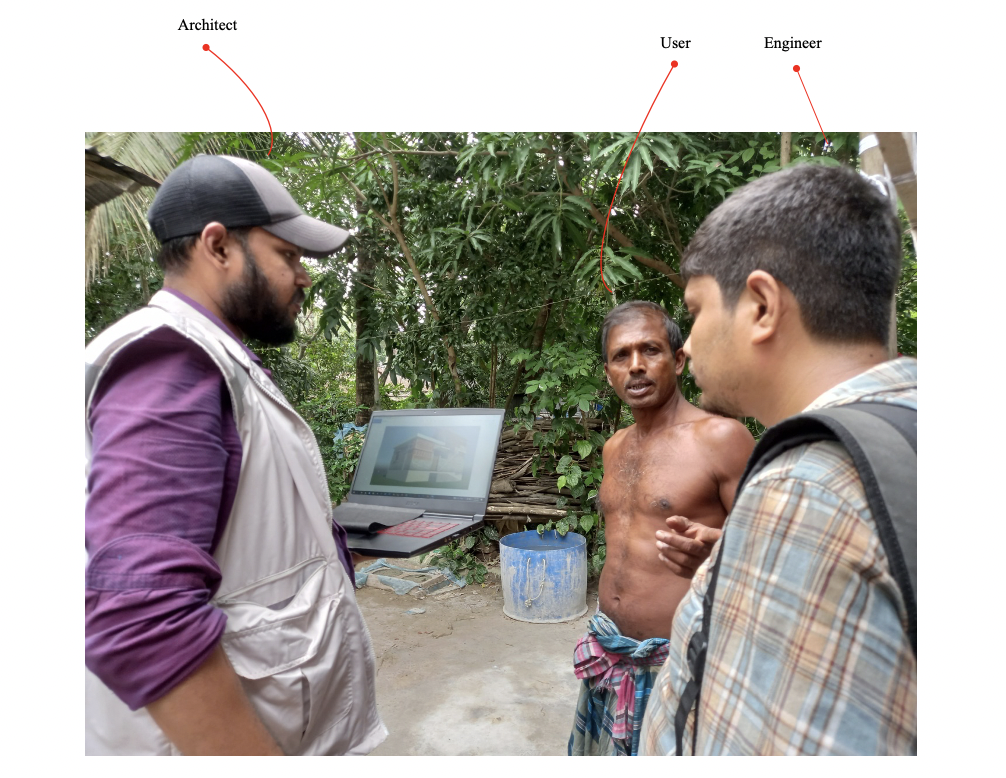 |
Discussing design improvisations with user
|
 |
Present situation of construction
|
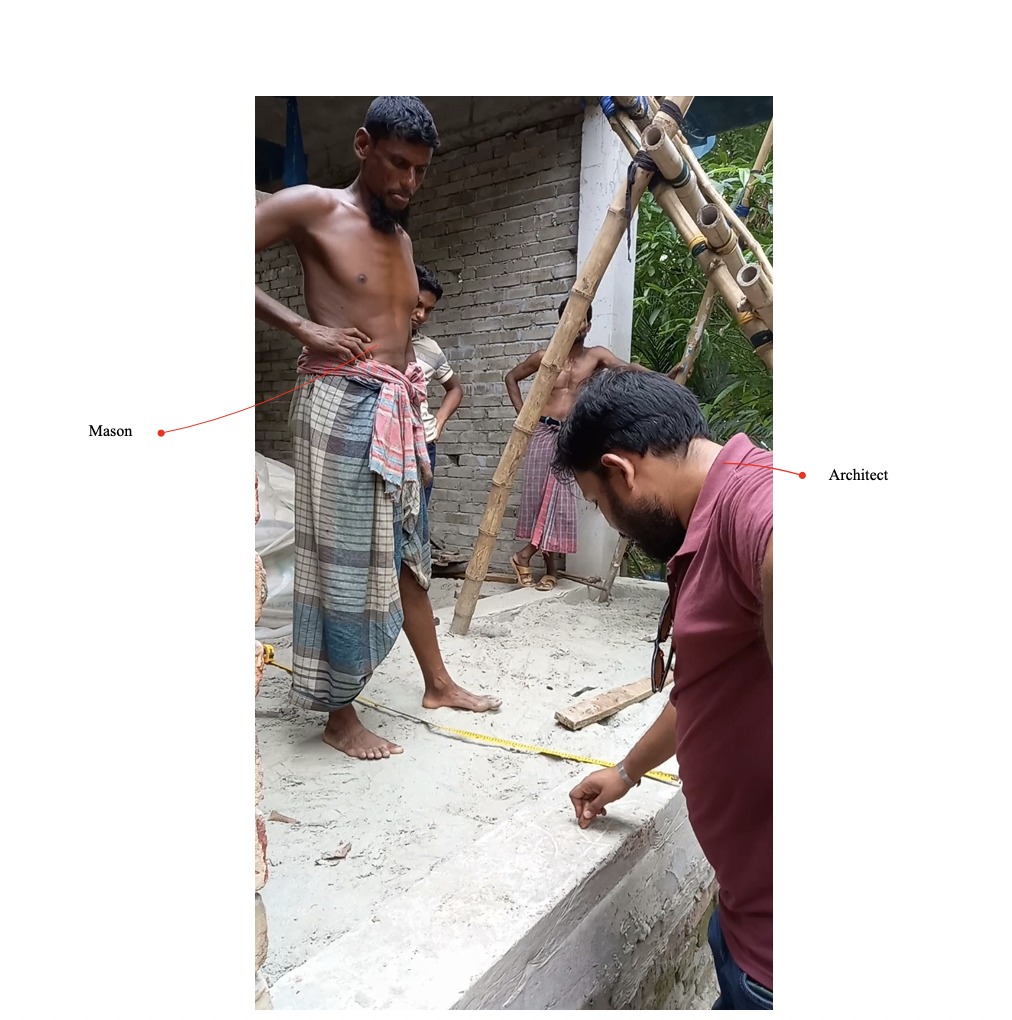 |
On-site design discussions during construction
|
The learning obtained from the implementation of these pilot projects will help CODEC in developing future strategies for the program, some of which are already in place.
Pictured below are two potential clients in Patuakhali, Zayda Akter (left) and her aunt (right). Both their dwellings are made out of tin and are vulnerable to yearly storms. As a result, the families wish to build a permanent structure in the future. On a visit by the CODEC team, the clients expressed their desire.
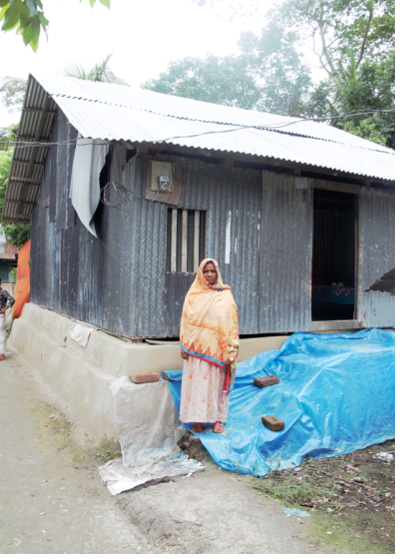 |
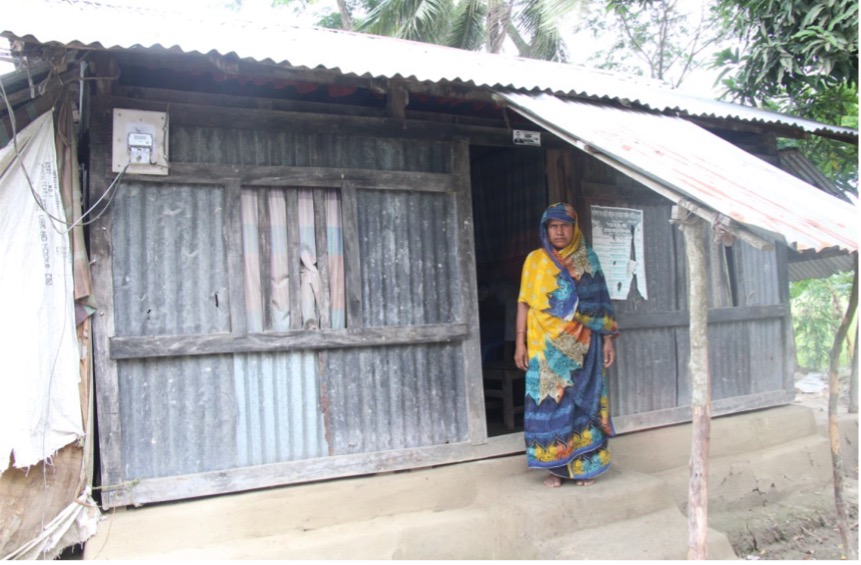 |
Prospective clients of the housing program
|
|
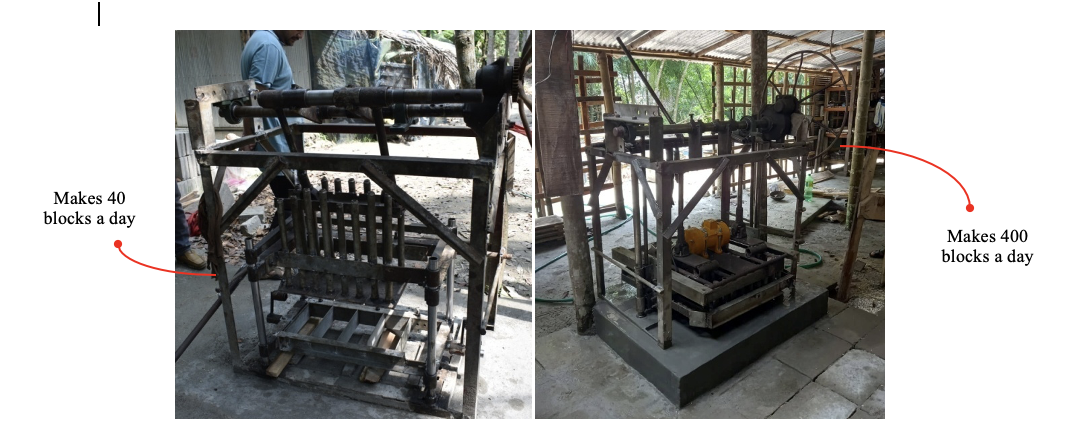 |
Block making machine in the trial phase (left) and its updated version (right)
|
Final Notes
CODEC has been involved with the development of coastal communities since its inception. The different programs that are running within the organization like the Sustainable Enterprise Program and Housing Program complement each other. This holistic approach towards the housing problem in the vulnerable coastal communities creates a robust framework.
|
|
|
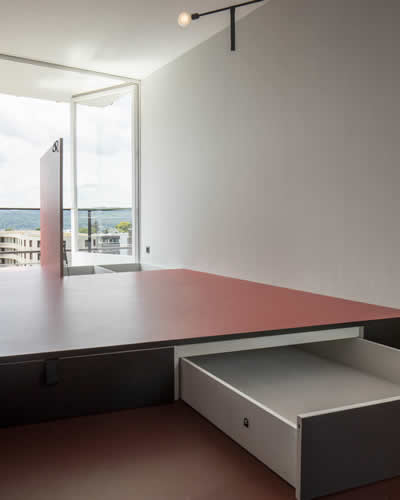 Elli Mosayebi, Edelaar Mosayebi Inderbitzin Architects (BP2022 Juror): vacancy – no vacancy project. "The two built-in platforms contain numerous storage compartments for personal belongings." (See Essay Question: Introductions by jurors.)
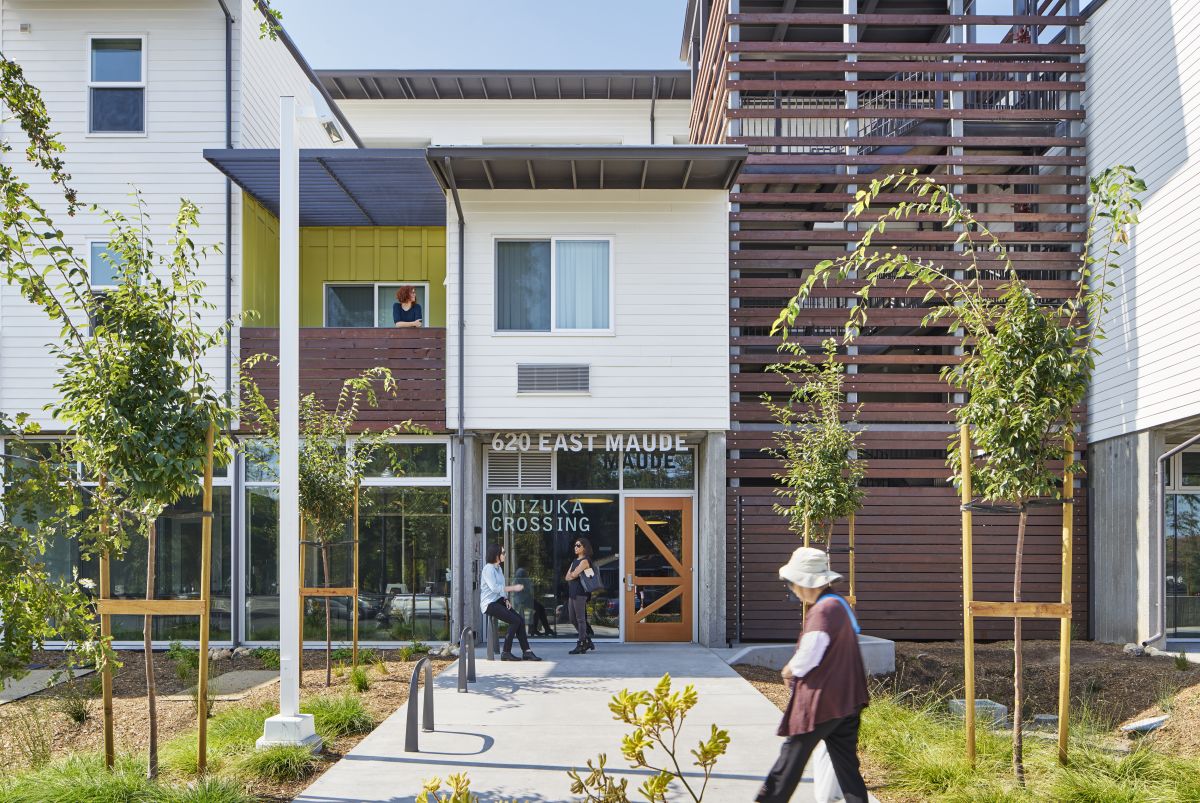 Onizuka Crossing Housing, David Baker Architects, San Francisco, 2016. The result of a partnership between MidPen Housing and the City of Sunnyvale, California, U.S.A., Onizuka Crossing provides 58 low-income working families with new, affordable rental homes in Sunnyvale, the heart of the Silicon Valley. Twenty-nine units are reserved for formerly homeless individuals and their families. (See: https://www.dbarchitect.com/project_detail/178/Onizuka%20Crossing%20Family%20Housing.html) Photo credit: ©Bruce Damonte.from DBArchitect.com.
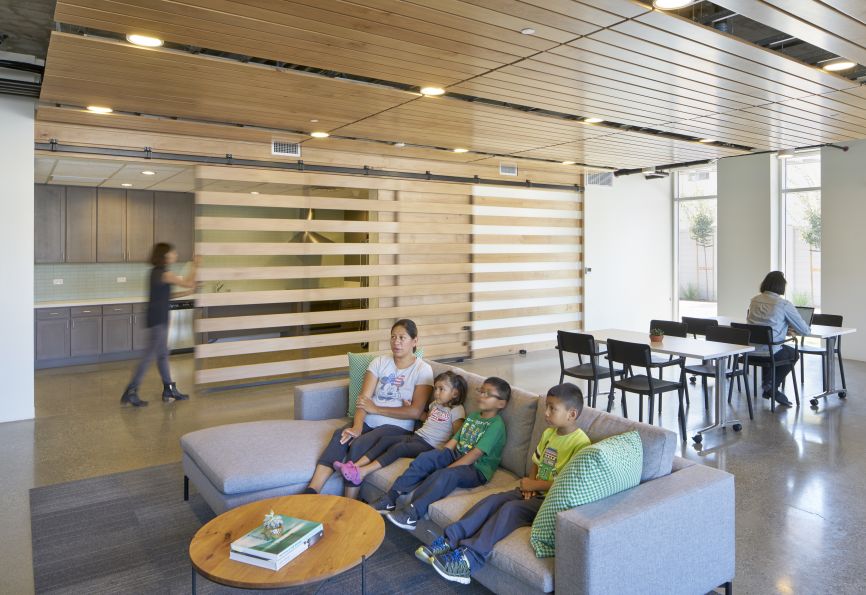 Onizuka Crossing Housing, David Baker Architects, 2016. "Former homeless residents receive extensive supportive services in collaboration with the Santa Clara County Department of Behavioral Health and the U.S. Veterans Administration Palo Alto Healthcare System... Onizuka Crossing is a prime example of infill development, transforming a U.S. National Guard armory building into supportive, permanent affordable housing." (See: https://www.dbarchitect.com/project_detail/178/Onizuka%20Crossing%20Family%20Housing.html) Photo credit: ©Bruce Damonte from DBArchitect.com.
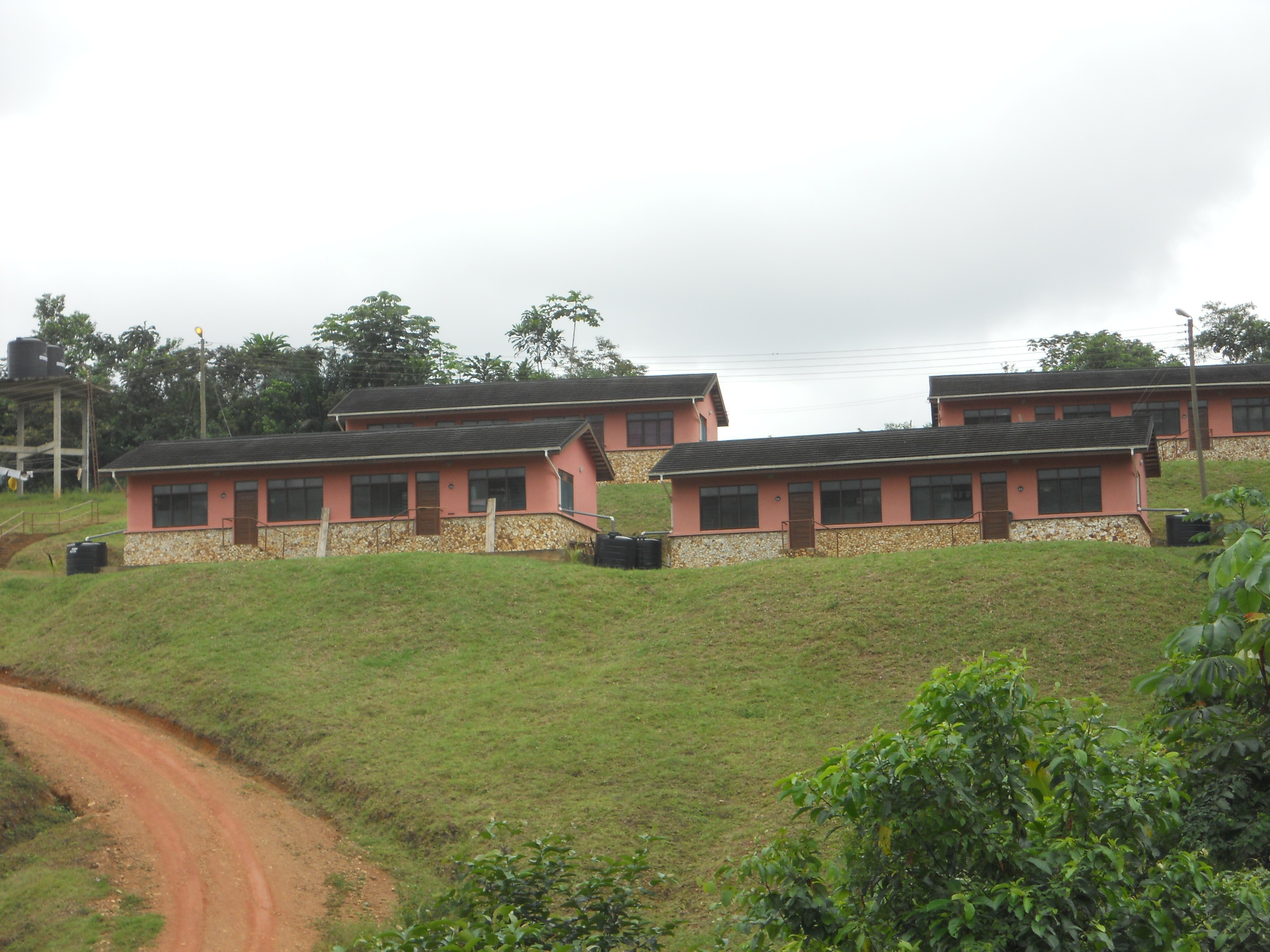 S. Tetteh + Associates Architects, Accra, Ghana. Low-cost housing project for rangers and conservation staff at the Bia and Ankasa Reserves, Juabeso-Bia district, southwest Ghana.
 S. Tetteh + Associates Architects, Accra, Ghana. Low-cost housing project for rangers and conservation staff at the Bia and Ankasa Reserves, Juabeso-Bia district, southwest Ghana.  Fondazione Housing Sociale, Milan, Italy: The Housing Foundation developed a class to help future residents form a collaborative community in their housing development. Research by Dorit Fromm, Writer, Architect, BP2022 Juror: (See Essay Question: Introductions by jurors.)
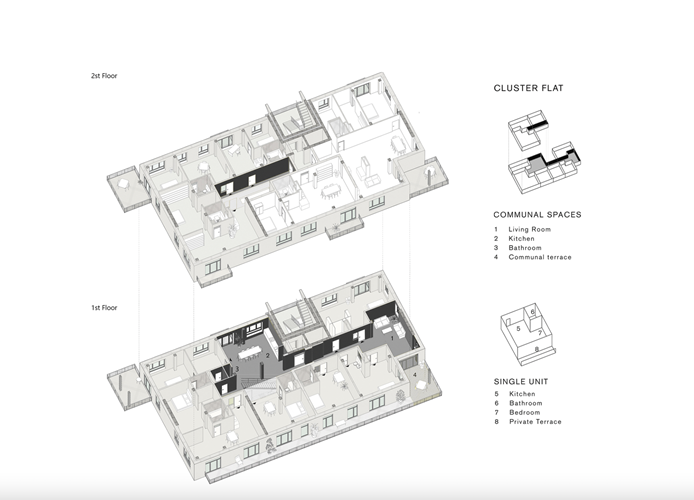 From the manual "Starting Up Communities, A Design Kit for Collaborative Housing," Fondazione Housing Sociale, Milan, Italy. Research by Dorit Fromm, Author, Architect, BP2022 Juror: (See Essay Question: Introductions by jurors.)
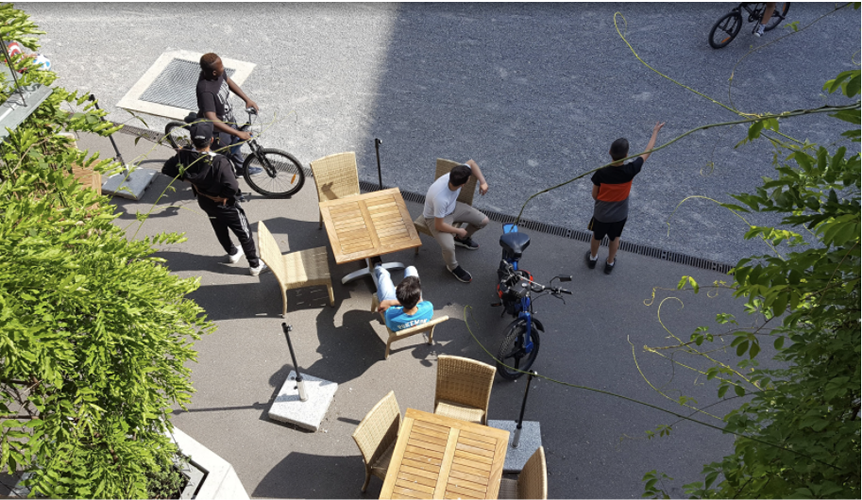 Mehr als Wohnen, Switzerland: Childcare and afterschool care are located on the ground floor level of the housing, as well as a café and other neighborhood services. Research by Dorit Fromm, Author, Architect, BP2022 Juror: (See Essay Question: Introductions by jurors.)
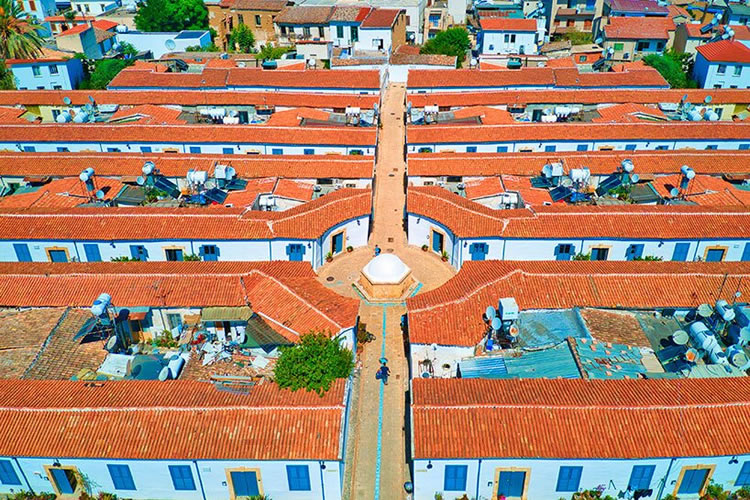 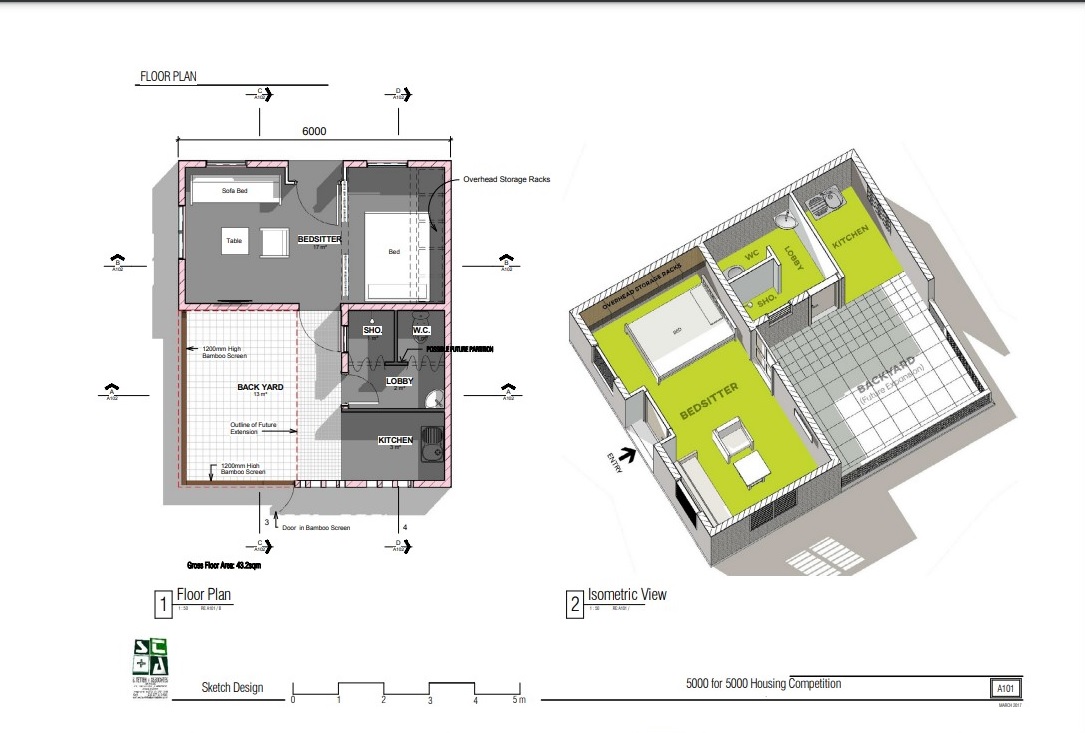 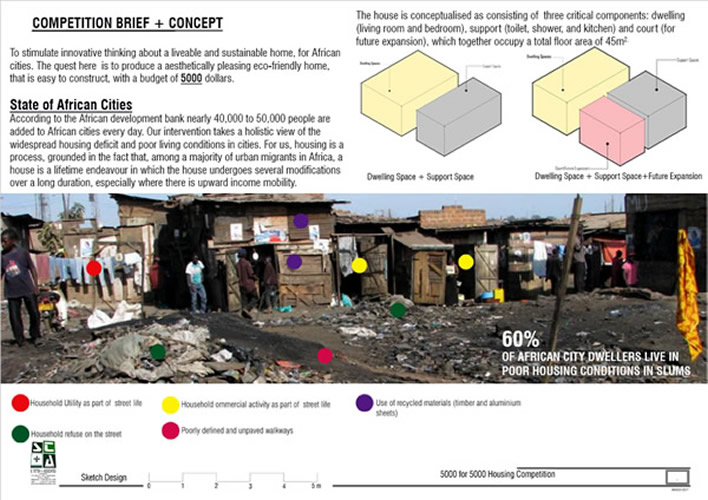 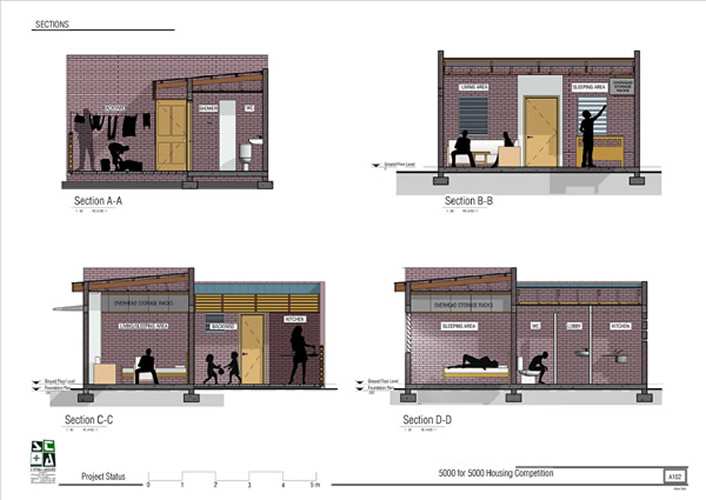 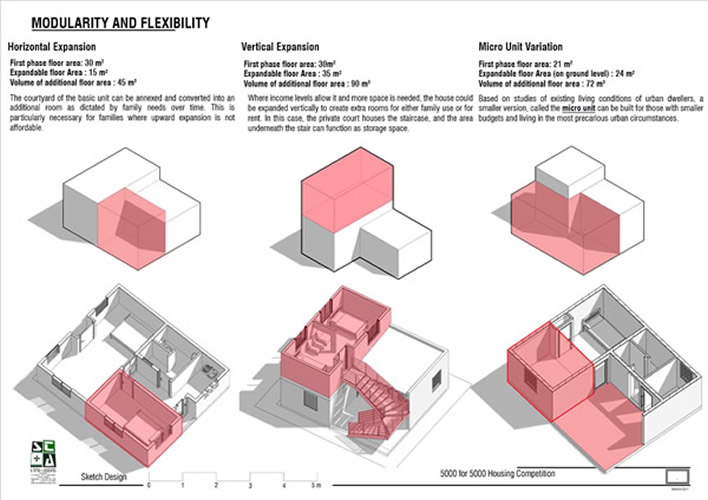 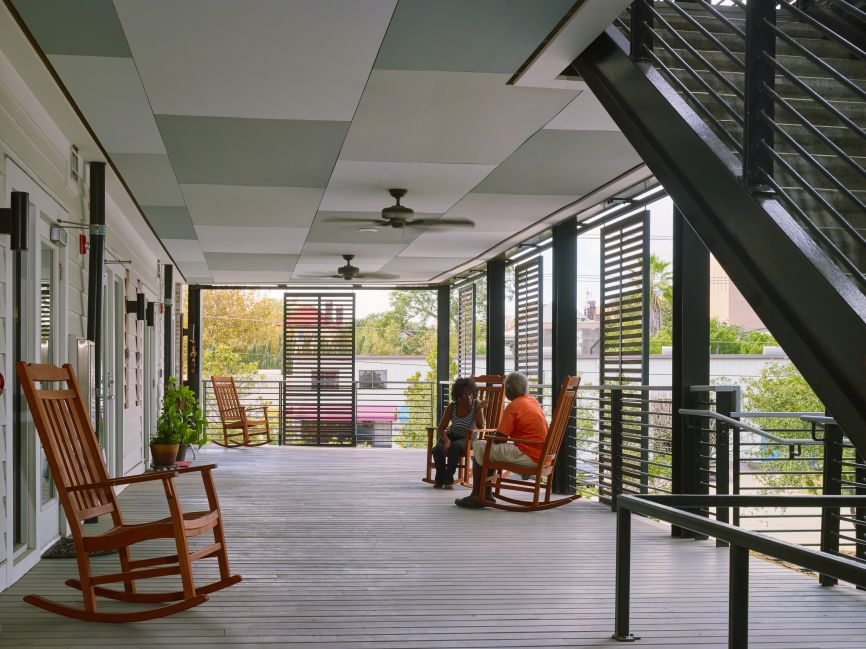 Williams Terrace, Charleston, South Carolina, U.S.A., Architect of Record, McMillan Pazdan Smith Architecture, Spartanburg, South Carolina, U.S.A. /Design Architect, David Baker Architect, San Francisco, California, U.S.A., 2017. "Williams Terrace won the 2019 American Institute of Architects/Housing and Urban Development Secretary's Housing and Community Design Award for Excellence in Affordable Housing Design. This singular nation-wide award recognizes architecture that demonstrates overall excellence in terms of design in response to both the needs and constraints of affordable housing... Wide porches that double as circulation offer places to sit, meet in passing, and personalize a bit of outdoor space." (See: https://www.dbarchitect.com/project_detail/176/Williams%20Terrace%20.html) Photo credit: Chris Luker from DBArchitect.com.
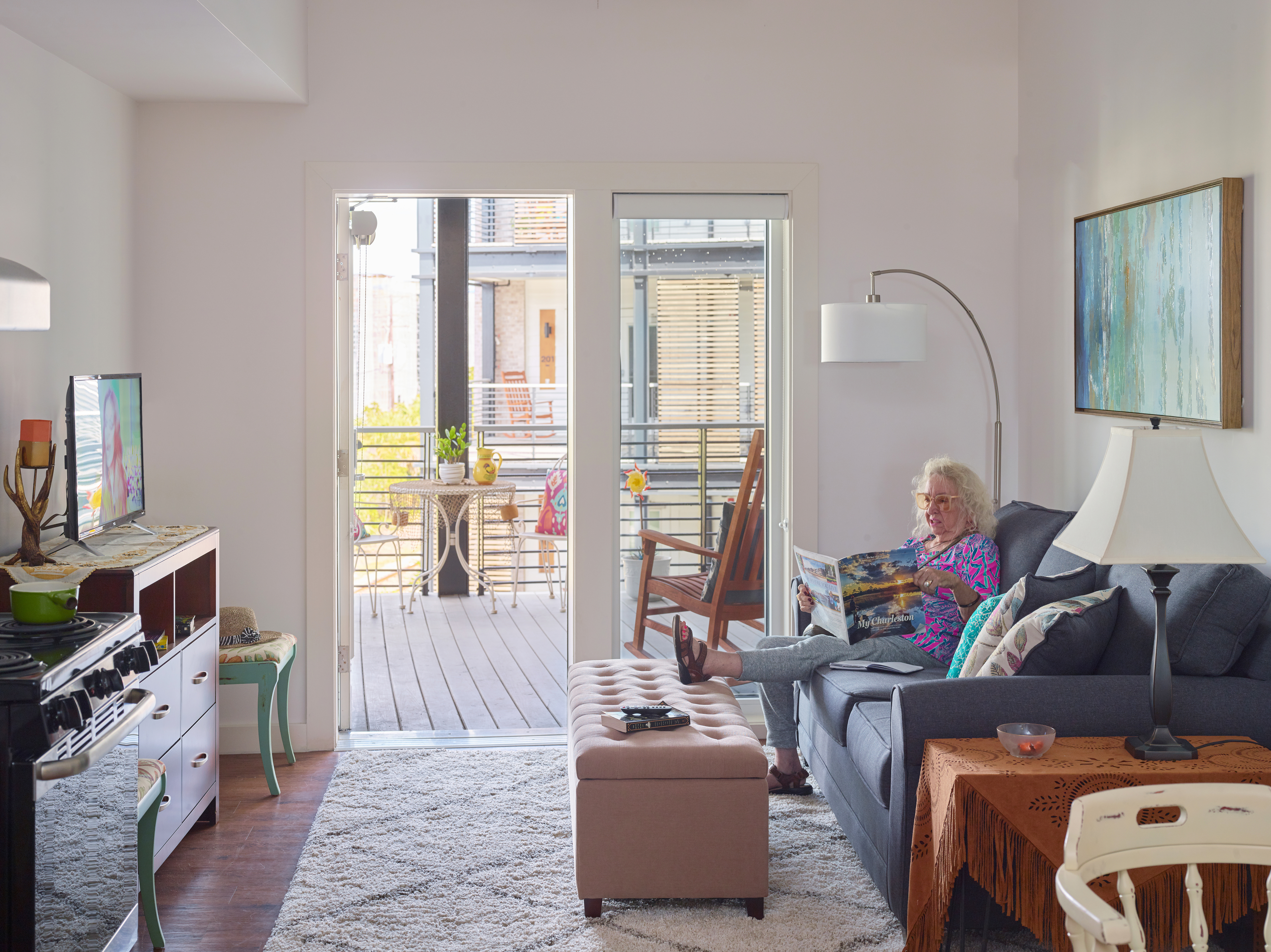 Williams Terrace, Charleston, South Carolina, U.S.A., Architect of Record, McMillan Pazdan Smith Architecture, Spartanburg, South Carolina, U.S.A. /Design Architect, David Baker Architect, San Francisco, California, U.S.A., 2017. "The design team worked closely with the Housing Authority of the City of Charleston to create a dynamic building that meets the challenges of the site—located in a high-velocity flood zone—and respects the gracious built fabric of downtown historic Charleston... Apartments connect to the wide circulation porches, which have room for some personal touches." (See: https://www.dbarchitect.com/project_detail/176/Williams%20Terrace%20.html) Photo credit: Chris Luker from DBArchitect.com.
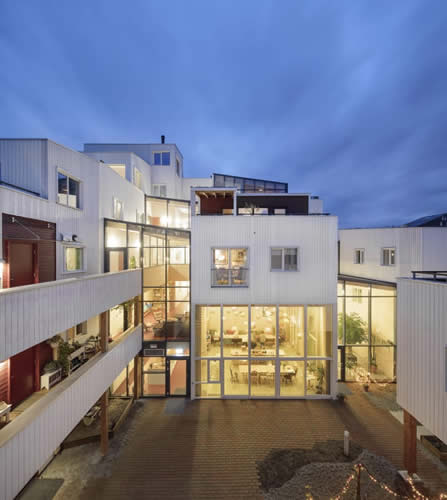 Vindmøllebakken, 40-unit cohousing project, Stavanger, Norway, 2019. Designed by founding architects Siv Helene Stangeland and Reinhard Kropf of Norwegian firm Helen & Hard. The architects now live in Vindmøllebakken. Photo credit: Minna Soujoki Langbord/Courtesy of Helen & Hard via Editon.CNN.com
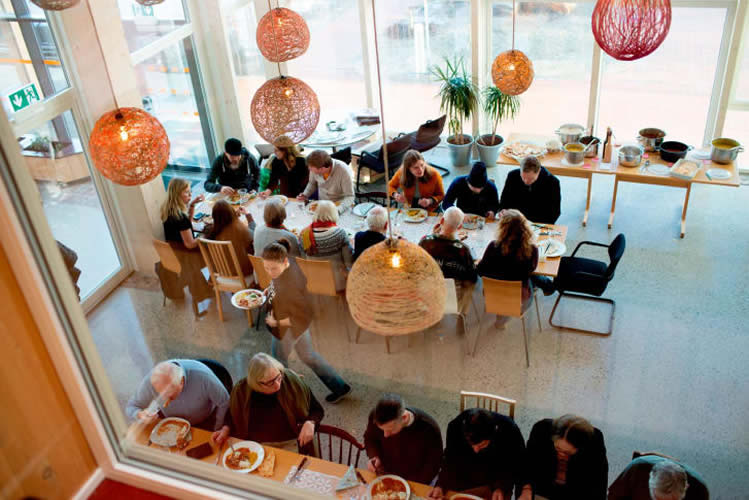 Vindmøllebakken, 40-unit cohousing project, Stavanger, Norway, 2019. In addition to Vindmøllebakken (see previous slide), Helen & Hard are reported to having five other cohousing projects in the works. Photo credit: Sindre Ellingsen/Courtesy of Helen & Hard via Edition.CNN.com
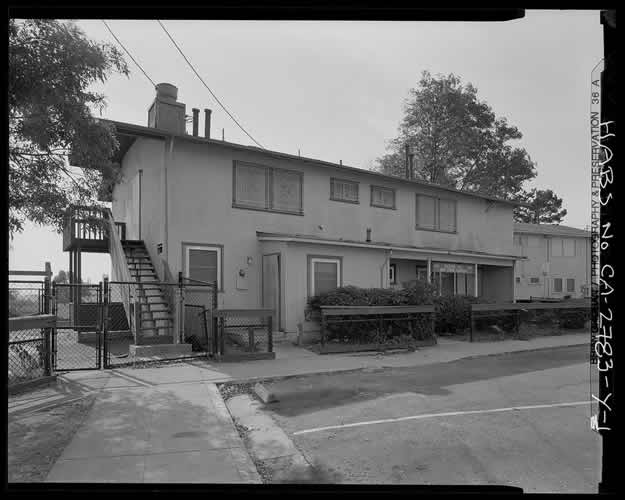 Easter Hill Village, Richmond, U.S.A., 1954. Demolished, 2004. "It was the most significant public effort to provide affordable permanent housing for many families displaced by demolition of temporary World War II housing. It was the first multi-unit residential development to combine the twin themes of the planned unit development with the individuation of units... and the care given to integrating a multi-unit residential development to its site." Historic American Buildings Survey, Library of Congress, U.S.A. (See: https://www.loc.gov/item/ca3350/)
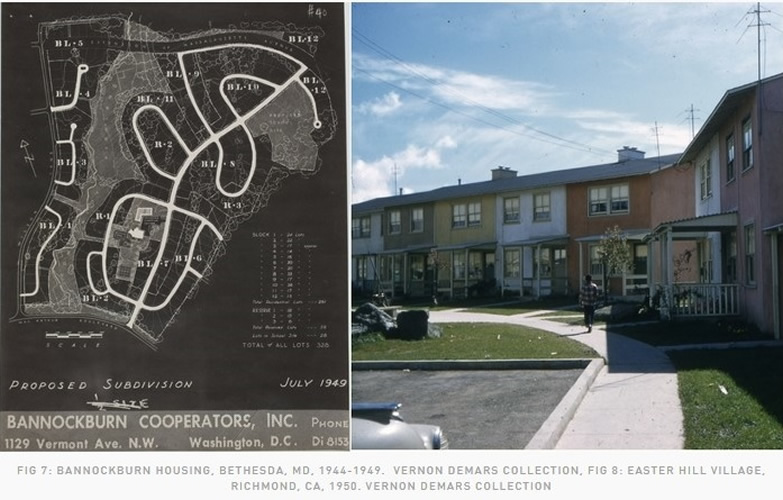 Richmond Village (formerly Easter Hill Village - see previous slide), California, U.S.A., 2008. "The goal for the …Richmond Village project was to turn 300 units of crime-ridden, run-down public housing into a vital neighborhood anchored by a community center and public open space. The development was originally built in 1954 and was a model of public housing until neglect, crime and poverty took over. The Richmond Housing Authority together with Richmond Village…residents collaborated to re-construct a vision of community. The vision included open/community space with mixed-income housing; 100% of the rental housing is affordable, with 70% allocated for public housing residents. The for-sale family homes have a mix of low, moderate and market-rate housing." (See: https://www.nibbi.com/projects/richmond-village/)
|
|




